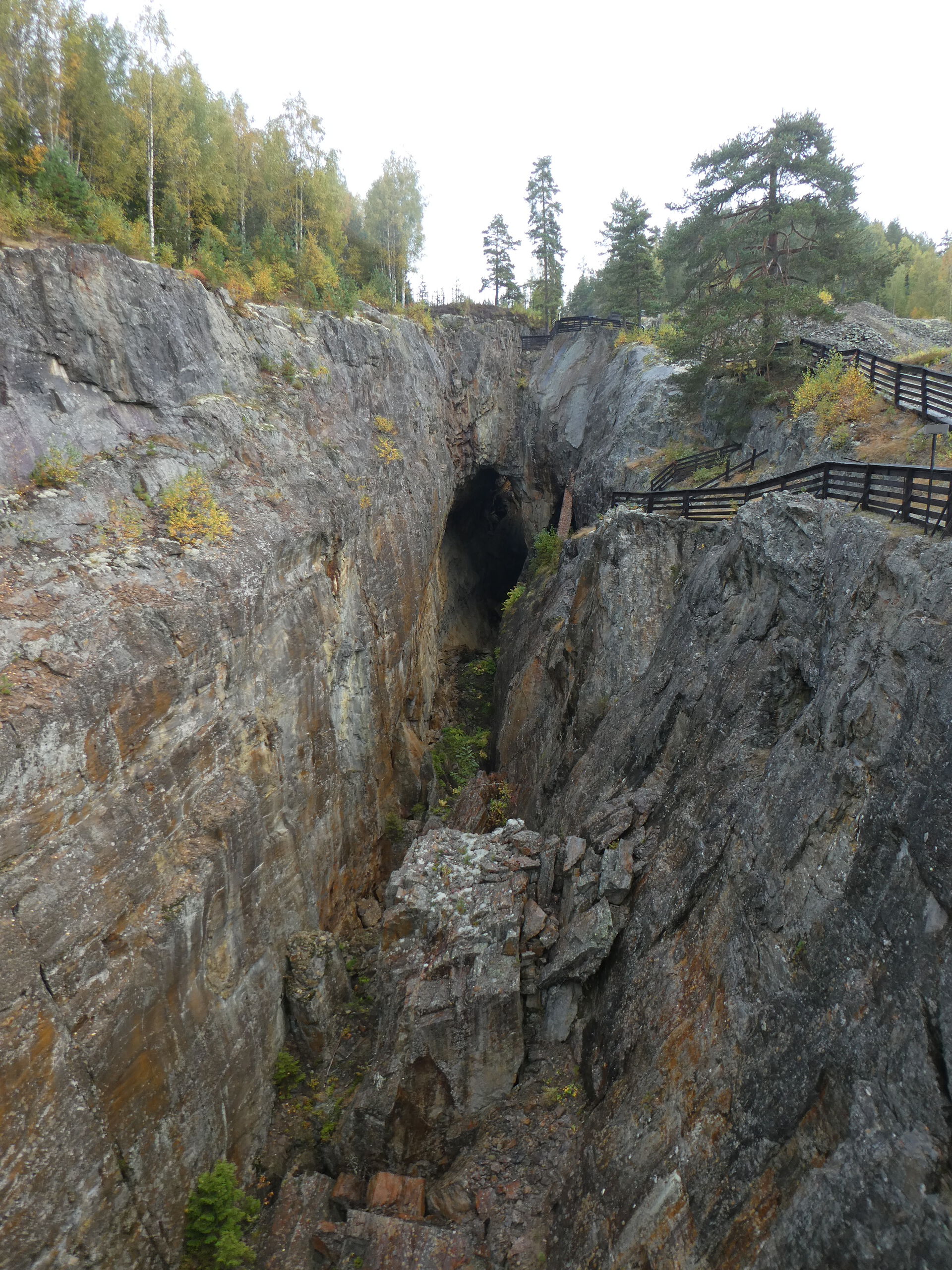The MSc study is part of the comprehensive project for the exploration of battery metals in the Modum Co-Cu-Au district in southeastern Norway. The project is coordinated by the Kuniko AS exploration company in cooperation with the University of Oslo. Kuniko AS develops raw material projects in Europe to supply the domestic battery industry with metals. As such, the Kuniko activities contribute to the establishment of electromobility as part of the Green Deal.
Background
The metals Co, Cu, Ni and Li are considered battery metals because these are the essential raw materials required for the manufacture of Li batteries for electric vehicles. Today, these metals are mostly imported from China, Africa, South America and other places, thus making the European industry dependent on these suppliers. The exploitation of domestic metal resources would reduce the supply risks and the carbon footprint due to the short ways of raw material transportation. For Co, for example, Europe’s import reliance is 32%, being imported from the Democratic Republic of the Congo and Russia. Thus, the development of European Co resources has become part of the European Raw Material Strategy. The Modum district hosts Co mineralization in the Skuterud area with economic potential, which is the target of this study.
Aim of the study
The genesis of the Co-Cu-Au mineralization of the Modum district is poorly understood, challenging the development of exploration strategies to identify areas with the highest economic potential. The major aim of this study is to define a framework that provides a quantified and validated geochronology for the igneous rocks and mineralization-hosting metasediments (paragneisses) in the Skuterudåsen area. The area consists of siliciclastic-derived metasediments sequence intruded by multiple phases of igneous activity. The project will define the age sequence and relationships between these lithological units and propose an evolutionary history that may explain their current juxtapositions. The impact of the neighbouring Oslo Rift tectonic and igneous activity will be considered, as well as the extension of the lithotectonic block of the Kongsberg Sector to the north.
Research questions
- What are the absolute ages of the different lithologies and their time-space relationship to the Skuterudåsen Co-Cu mineralization?
- How do the geochronological results contribute to a better understanding of the deposit genesis?
Implementation / Methodology
During a field mapping campaign the nature of rock type boundaries, the geometries of intrusions, relative age relationships and tectonic structures in the Skuterudåsen area will be defined. Representative rock samples of metagabbros, albitite, quartzites and paragneisses suitable for age dating will be collected from outcrops and drill cores of the ongoing Kunko AS exploration campaign. Bulk rock analyses, optical and scanning electron microscope studies will be performed on the sampled rocks. Rock ages will be determined by U/Pb dating of zircon using TIMS. For that, zircons will be separated from the collected rocks. For the structural and chemical characterization of the dated zircons, scanning electron microscopy and electron microprobe studies will be applied.
What will you learn?
You will learn how to map with respect to mineral exploration, how to choose and sample rocks for age dating, how to separate zircons, and how to run electron microprobe and TIMS analyses.
